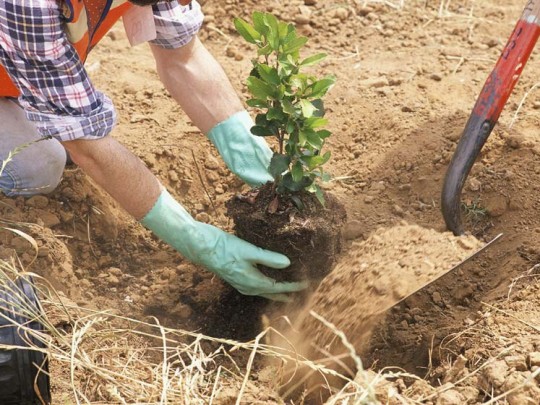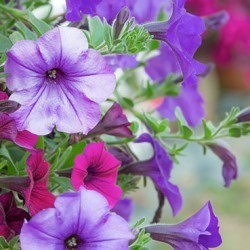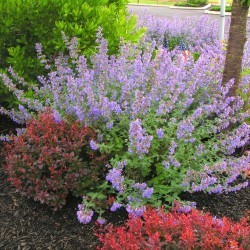Planting and Nurturing Trees
Trees provide many benefits to yards, including shade, color, texture, and vertical interest. Of course, planting trees and nurturing is also good for the environment. They filter the air, replacing carbon dioxide with fresh oxygen.
Return the favor by planting and nurturing this elegant greenery, providing yourself and others with enjoyment for decades to come.
Trees and shrubs are sold three different ways.
If you’re looking for plants in late winter or early spring and want to save some money, consider bare-root plants. These dormant plants are no-frills; they don’t come with containers or soil. Alternately, balled-and-burlapped plants (B&B) include soil but no container. The largest trees and shrubs are typically B&B, and available from spring until fall. Most trees and shrubs are sold in containers, however. Container-grown plants are the most convenient, being available year-round in a variety of sizes. Avoid purchasing trees with noticeable flaws, such as gouges, scrapes, or wounds on the trunk.
To Plant Your Tree:
Dig a hole that’s deep enough for the root ball and wider around. Pile dirt on a piece of tarp. Any burlap can remain while you’re positioning the tree, but make sure to cut away as much of it as you can once you’re ready to fill in the hole. Water the tree when half of the hole has been refilled, then again when you’ve finished. Next, add a 2 to 3-inch ring of mulch around the plant, protecting it from lawn mowers and retaining moisture. Finally, tree wrap can be applied to protect saplings from rodents and sun damage.
Stake Your Tree
You may need to stake some young plants—especially B&B trees—in order to ensure that they grow upright and straight. Once two years have passed, the stakes should be removed so that trees have the chance to strengthen by developing trunks and root systems on their own. Saplings can be supported with stakes about as tall as the trees themselves. Find one then drive it 18 inches into the ground about 6 inches away from the planting hole. Attach the sapling and the stake using heavy wire and softer material, such as a section of old garden hose. The hose protects the tree from potential damage caused by rubbing up against the wire. Using a figure-8 pattern, wrap the elements together making sure they’re not too tight; you should still be able to push the trunk slightly in any direction.
Nurture
Don’t worry about using fertilizer on trees and shrubs unless the quality of the soil is poor. Just to be safe, you can give saplings a head start by treating them with kelp or mycorrhiza growth product. Young trees and shrubs need an inch or two of water per week. Once trees and bushes have grown, they only need to be watered during periods of drought, but plan on pruning them throughout their lives to keep them healthy. Use pruning shears dipped in bleach or rubbing alcohol to remove dead and diseased branches, as well as limbs that are rubbing together.




